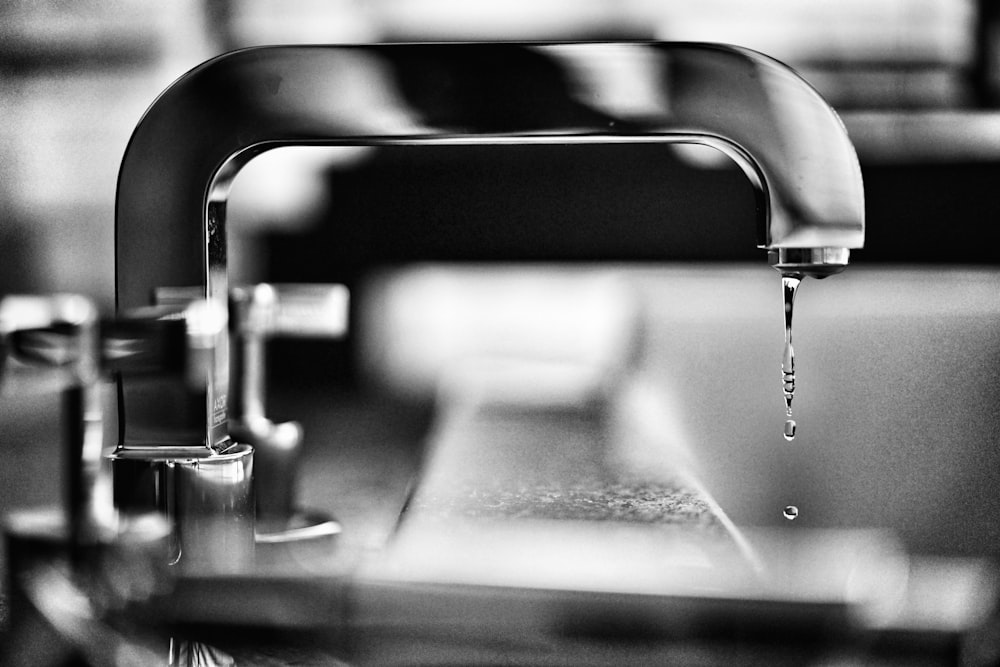Unlocking the Secrets of Indoor Hydroponic Planting
Understanding Indoor Hydroponics
Indoor hydroponic planting is a revolutionary method of growing plants without soil, using nutrient-rich water solutions instead. This innovative approach offers numerous benefits, including faster growth rates, higher yields, and greater control over environmental conditions.
Essential Components of Indoor Hydroponic Systems
To successfully grow plants indoors using hydroponics, several key components are essential. These include a reservoir to hold the nutrient solution, a pump to circulate the solution, a growing medium to support the plants’ roots, and adequate lighting to facilitate photosynthesis. Additionally, pH and nutrient level monitoring systems are crucial for maintaining optimal growing conditions.
Choosing the Right Plants for Indoor Hydroponics
Not all plants are well-suited for indoor hydroponic cultivation. Leafy greens like lettuce, herbs such as basil and parsley, and certain fruiting crops like tomatoes and peppers thrive in hydroponic systems. When selecting plants for indoor hydroponics, consider factors such as space availability, light requirements, and desired harvest yield.
Setting Up Your Indoor Hydroponic Garden
Setting up an indoor hydroponic garden requires careful planning and consideration of various factors. Start by selecting an appropriate location with access to natural or artificial light sources. Choose a suitable hydroponic system based on your available space and budget, whether it’s a simple water culture system or a more complex nutrient film technique (NFT) setup.
Providing Adequate Lighting
Lighting is one of the most critical factors influencing indoor hydroponic plant growth. In the absence of natural sunlight, artificial lighting sources such as LED, fluorescent, or high-intensity discharge (HID) lights can be used to provide the necessary spectrum and intensity for plant photosynthesis. Proper positioning and timing of light exposure are essential to ensure healthy plant growth.
Optimizing Nutrient Solutions
Maintaining the correct balance of nutrients in the hydroponic solution is crucial for plant health and growth. Use high-quality hydroponic nutrient solutions specifically formulated for different stages of plant growth. Regularly monitor pH levels and adjust as needed to prevent nutrient deficiencies or toxicities that can hinder plant development.
Managing Environmental Conditions
Creating a conducive environment is essential for indoor hydroponic gardening success. Ensure adequate ventilation to prevent humidity buildup and discourage fungal growth. Maintain consistent temperature and humidity levels within the optimal range for the chosen plant species. Investing in climate control equipment such as fans, heaters, and dehumidifiers may be necessary, depending on your indoor environment.
Monitoring and Maintenance
Regular monitoring and maintenance are vital to the health and productivity of your indoor hydroponic garden. Check nutrient levels, pH levels, and water quality regularly to prevent nutrient imbalances or contamination. Inspect plants for signs of nutrient deficiencies, pests, or diseases, and take prompt action to address any issues that arise.
Harvesting and Enjoying Your Indoor Hydroponic Bounty
One of the most rewarding aspects of indoor hydroponic gardening is harvesting your homegrown produce. Harvest crops at their peak ripeness for the best flavor and nutritional value. Whether you’re enjoying fresh salads, flavorful herbs, or juicy tomatoes, savor the fruits of your labor and revel in the satisfaction of growing your own food indoors.
Exploring Endless Possibilities
Indoor hydroponic planting opens up a world of possibilities for home gardeners, allowing them to grow a wide range of plants year-round, regardless of outdoor weather conditions. With careful planning, proper setup, and ongoing maintenance, anyone can unlock the secrets of indoor hydroponic gardening and enjoy a bountiful harvest of fresh, nutritious produce right from the comfort of their own home. Read more about hydroponic plants indoor











